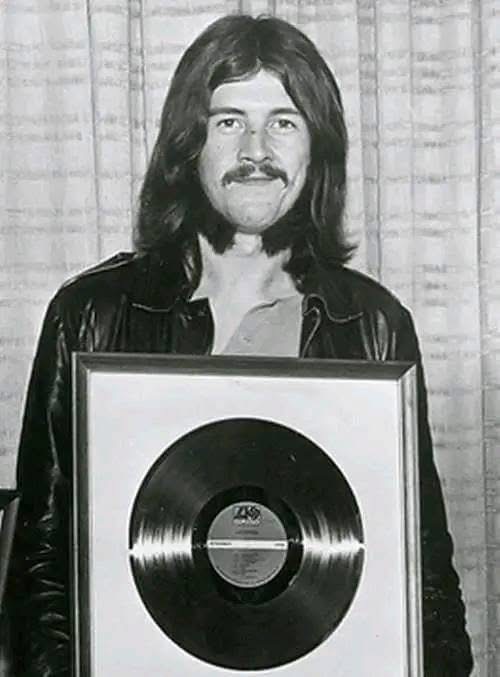John Bonham wasn’t just a drummer—he was a seismic event. When he sat behind the kit, it was less about keeping time and more about commanding it. His playing had force, fire, and finesse—like the drums weren’t being played so much as coerced into submission. Other drummers might follow a click track; Bonham was the click track, except with attitude and soul. His groove was so deep and primal, it didn’t just drive Led Zeppelin—it dragged the whole band into some volcanic groove trench where only the bold dared follow.
Bonzo had a rare fusion of swing and savagery. He could channel the elegance of jazz, the raw energy of rock, and the sheer unpredictability of improvisation, all within a single song. Listen to the thunderclap of “When the Levee Breaks” or the rollercoaster fill in “Good Times Bad Times”—each hit feels like a deliberate act of genius. He didn’t play fast for the sake of speed; he played with weight, with purpose. Every note felt earned, like it came from the earth itself.
What set Bonham apart wasn’t just technical prowess—it was his feel. He had that intangible something that made even his off moments sound better than most drummers’ highlights. It was as if his drumsticks were wands conjuring controlled chaos. You couldn’t box him in, because he was the box, the storm, and the sledgehammer breaking it open.
Trying to copy Bonham is a fool’s errand. You can study his licks, replicate his gear, even mimic his swagger—but you’ll never bottle that wild spirit. Bonzo didn’t just keep the beat; he was the beat—roaring, stomping, and utterly unforgettable.










